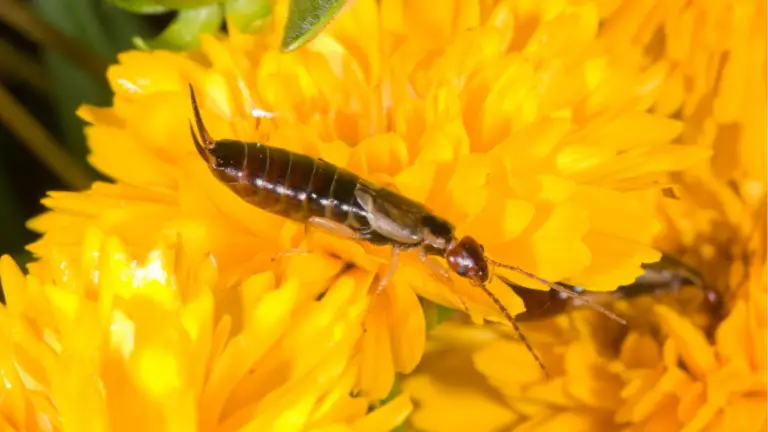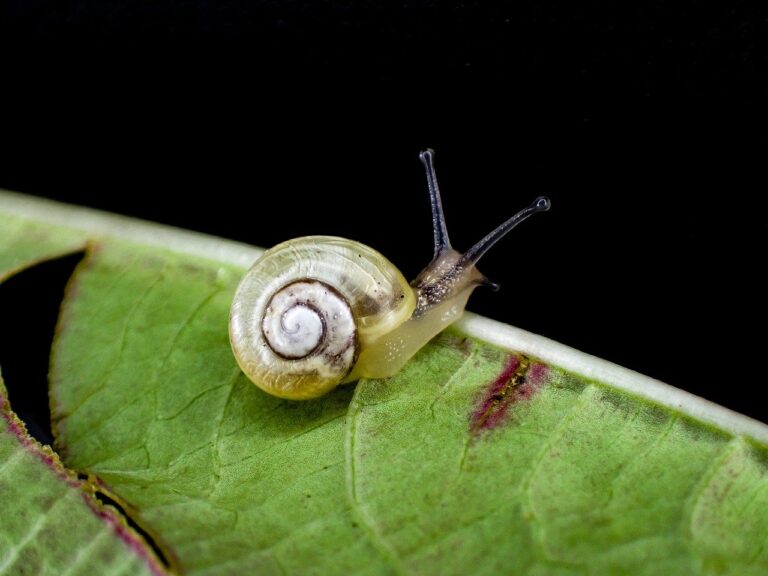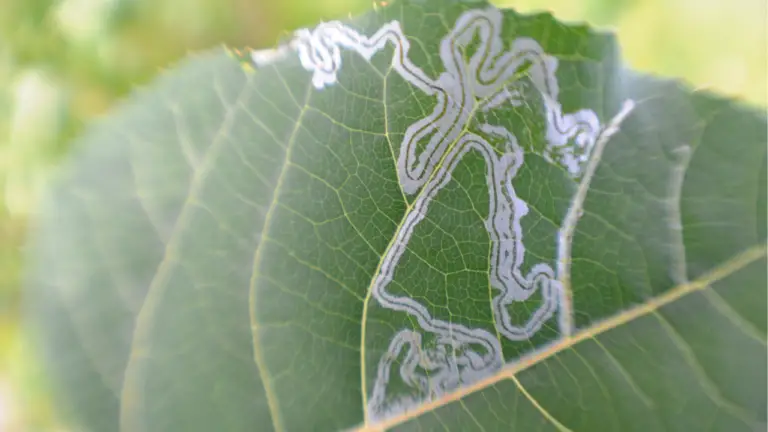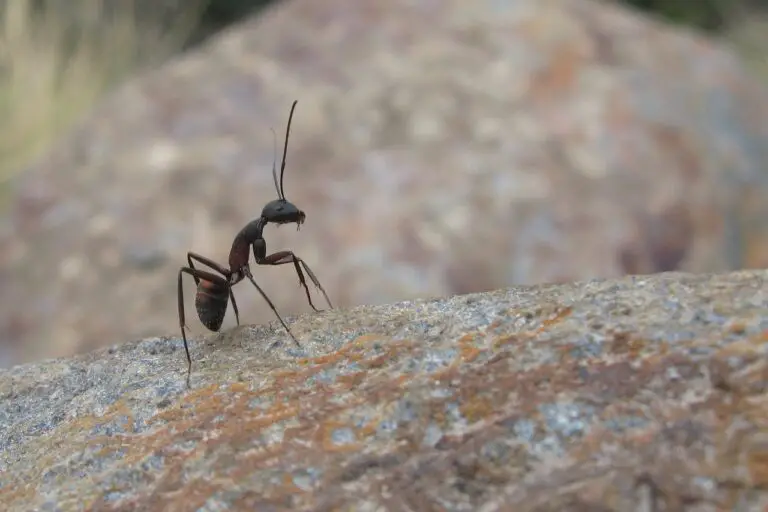10 Ways To Get Rid Of Cucumber Beetles
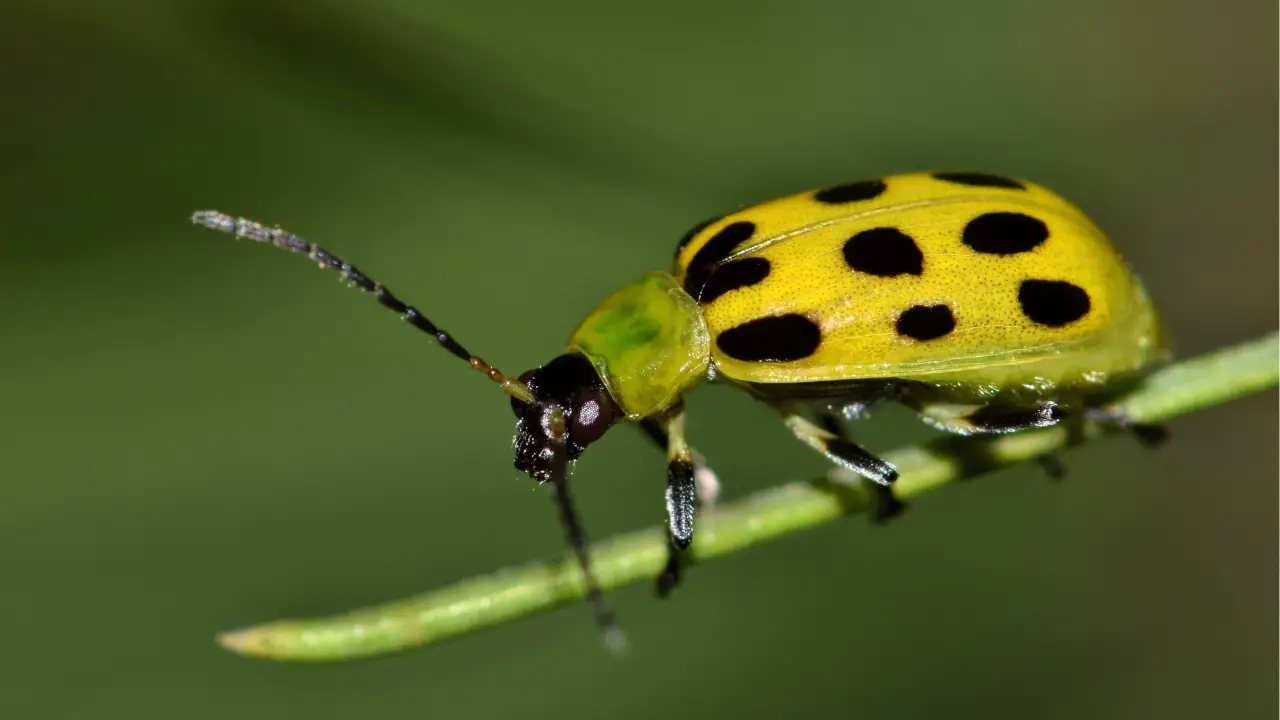
Cucumber beetles are notorious pests for gardeners and farmers, wreaking havoc on cucumbers, squash, melons, and other cucurbit crops. These small, yellow-green beetles with black spots or stripes can cause significant damage by feeding on leaves, flowers, and fruits. Additionally, they can spread bacterial wilt and cucumber mosaic virus, further threatening plant health. Managing cucumber beetles is essential for maintaining healthy crops and ensuring a bountiful harvest. This article explores ten natural methods to effectively get rid of cucumber beetles without resorting to chemical pesticides.
How To Get Rid Of Cucumber Beetles?
1. Crop Rotation
Crop rotation is a fundamental agricultural practice that helps prevent the buildup of pests and diseases in the soil. By changing the location of cucurbit crops each year, you can disrupt the life cycle of cucumber beetles, making it harder for them to find their preferred hosts.
Rotating crops can significantly reduce the population of cucumber beetles in your garden. It’s essential to avoid planting cucurbit crops in the same area for at least two to three years. Instead, plant non-cucurbit crops like legumes, brassicas, or leafy greens in those spaces to break the pest cycle and promote soil health.
2. Row Covers
Using row covers is an effective physical barrier that prevents cucumber beetles from accessing your plants. These lightweight, breathable fabrics can be draped over plants to shield them from pests while allowing sunlight, air, and water to pass through.
Row covers are especially useful during the early stages of plant growth when young seedlings are most vulnerable. Secure the edges of the row covers with soil or stakes to ensure that beetles cannot crawl underneath. Remove the covers once the plants start flowering to allow pollination, but monitor for beetle activity and reapply if necessary.
3. Trap Crops
Trap cropping involves planting a small, sacrificial crop that attracts cucumber beetles away from your main crops. Blue Hubbard squash is a popular choice for this purpose, as it is highly attractive to cucumber beetles.
Plant trap crops a few weeks before your main cucurbit crops to lure beetles away. Once the beetles infest the trap crops, you can manually remove them or use other control methods. This technique reduces the beetle population on your primary crops, minimizing damage and improving overall plant health.
4. Diatomaceous Earth
Diatomaceous earth is a natural powder made from fossilized aquatic organisms. It works as an effective insecticide by damaging the exoskeletons of beetles, causing them to dehydrate and die.
Sprinkle diatomaceous earth around the base of your plants and on the leaves to create a protective barrier. Reapply after rain or watering, as moisture reduces its effectiveness. Diatomaceous earth is safe for humans and pets, making it an excellent option for organic gardening.
5. Neem Oil
Neem oil is a natural insecticide derived from the seeds of the neem tree. It disrupts the life cycle of cucumber beetles by inhibiting feeding, growth, and reproduction.
Mix neem oil with water according to the manufacturer’s instructions and spray it on your plants, focusing on the undersides of leaves where beetles often hide. Regular applications of neem oil can significantly reduce beetle populations and prevent further damage to your crops. It is also safe for beneficial insects, making it a valuable tool for integrated pest management.
6. Beneficial Nematodes
Beneficial nematodes are microscopic worms that prey on cucumber beetle larvae in the soil. By introducing these nematodes into your garden, you can target the larvae before they mature into adult beetles.
Purchase beneficial nematodes from garden centers or online suppliers and apply them to the soil according to the instructions. The nematodes will seek out and infect the beetle larvae, effectively reducing the population of future adult beetles. This method is environmentally friendly and helps maintain a balanced ecosystem in your garden.
7. Handpicking
Handpicking is a simple yet effective method for controlling cucumber beetles, especially in small gardens. Regularly inspect your plants and manually remove any beetles you find.
Drop the beetles into a bucket of soapy water to kill them. This method requires diligence and consistency but can significantly reduce the beetle population over time. Handpicking is particularly useful in conjunction with other control methods, helping to keep the beetle population in check.
8. Companion Planting
Companion planting involves growing certain plants together to repel pests or attract beneficial insects. Marigolds, nasturtiums, and radishes are known to deter cucumber beetles and can be planted alongside cucurbit crops.
These companion plants release natural chemicals that repel beetles or mask the scent of cucumbers, making it harder for beetles to locate their preferred hosts. Additionally, some companion plants attract beneficial insects like ladybugs and lacewings, which prey on cucumber beetles and their larvae.
9. Mulching
Mulching can help reduce cucumber beetle populations by creating an unfavorable environment for them to lay their eggs. Organic mulches like straw, wood chips, or grass clippings can be used around your plants.
Apply a thick layer of mulch around the base of your plants, taking care not to cover the stems directly. Mulch helps retain soil moisture, suppress weeds, and create a physical barrier that discourages beetles from reaching the soil to lay eggs. This method also promotes healthy plant growth and improves soil structure.
10. Yellow Sticky Traps
Yellow sticky traps are an effective way to monitor and reduce cucumber beetle populations. These traps attract beetles with their bright color and capture them on a sticky surface.
Place the traps near your plants, at the same height as the foliage, to catch adult beetles. Regularly check and replace the traps as they become filled with beetles. Yellow sticky traps are a useful tool for early detection and can help you take timely action to protect your crops from significant damage.
By implementing these natural methods, you can effectively manage cucumber beetle populations and protect your cucurbit crops. Combining several of these strategies will provide the best results, ensuring a healthy and productive garden.

